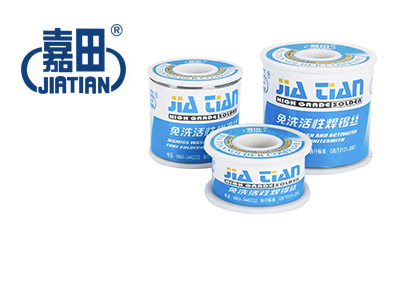The difference between leaded and lead-free processes
Concept:
Lead-free process: A basic concept of lead-free electronic assembly is that in the soldering process, regardless of hand soldering, dip soldering, wave soldering or reflow soldering, the solder used is lead-free solder (pb-feer soder). . Lead-free solder does not mean that 100% of the solder does not contain lead. Lead is present as a basic element in lead solder. In lead-free solders, the basic elements do not contain lead.
Leaded process: In the soldering process of conventional printed circuit board assembly, tin-lead (Sn-Pb) solder is generally used, and lead exists and functions as a basic element of the solder alloy.
Compare the two:
Leaded process technology has a history of more than a hundred years. After a large number of leaded process experts have studied, it has good welding reliability and stability, and has mature production technology, which mainly depends on the characteristics of leaded solder alloys.
Lead-free solder alloys have low melting points, low soldering temperatures, and low thermal damage to electronic products; lead solder alloys have a small wetting angle, good solderability, and a low probability of “false soldering” at solder joints; and solder alloys have good toughness. The resulting solder joints have better vibration resistance than lead-free solder joints.
The lead-free soldering process has found from the current research results that the melting temperature of the alternative alloy is higher than that of the existing tin-lead alloy. For example, from the point of view of the “tin-silver-copper” alloy that is currently more widely accepted by the industry, the melting point is 217° C., which will greatly reduce the process window during the welding process.




